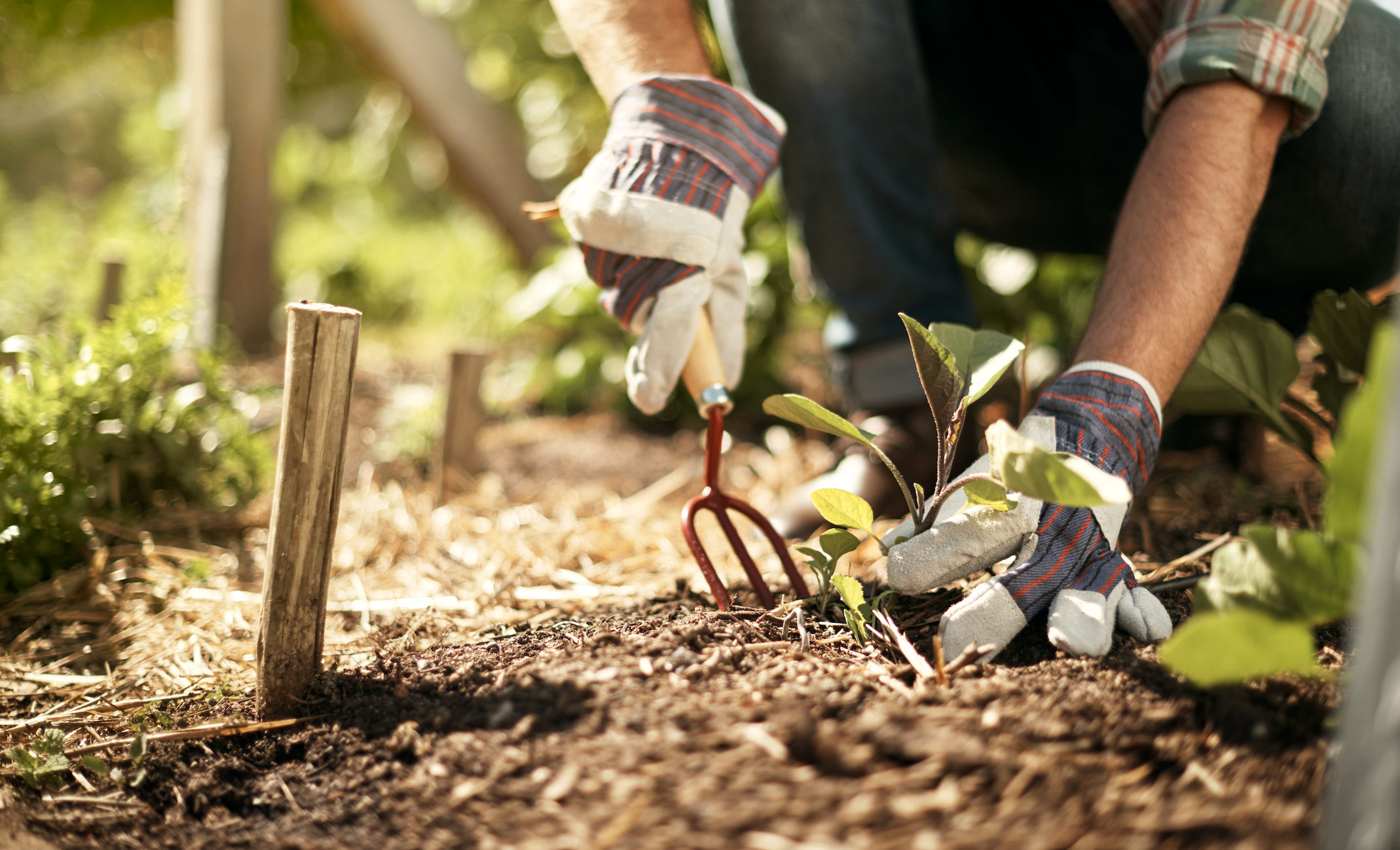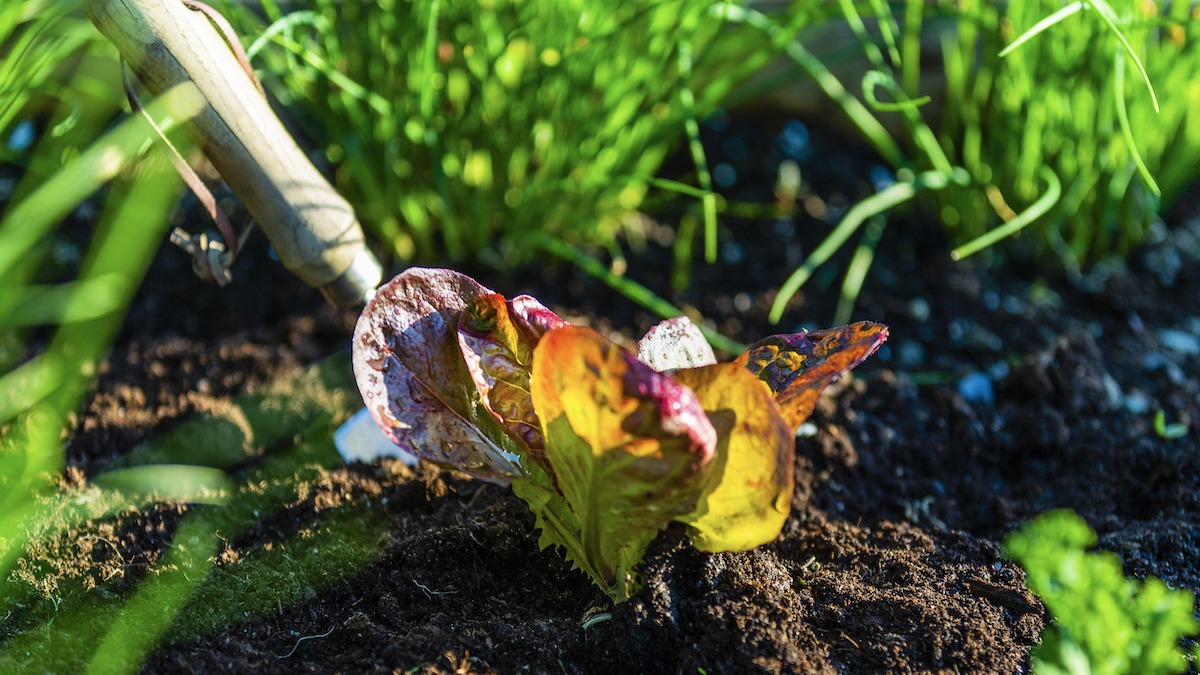Gardening is a wonderful hobby that can bring joy, beauty, and fresh produce into your life. However, for beginners, it can also be overwhelming with so much information available online. That’s why we’ve put together this ultimate YouTube tutorial guide to help you get started with your gardening journey. We’ll cover everything from choosing the right plants for your climate to harvesting your crops. With the help of these step-by-step tutorials, you’ll have all the knowledge and skills you need to become a successful gardener.
1. Choose the Right Plants

The key to a successful garden is choosing the right plants for your climate. Not all plants are created equal, and some will do better in certain climates than others. There are two important factors to consider when selecting plants for your garden: hardiness zone and sunlight requirements.
Hardiness Zone
The United States Department of Agriculture (USDA) has divided the country into 11 zones, known as hardiness zones. These zones are based on the average minimum temperature in each region and are used to determine which plants are most likely to survive in a particular area. To find out which hardiness zone you live in, enter your zip code into the USDA Plant Hardiness Zone Map.
| Zone | Minimum Temperature Range |
|---|---|
| 1 | -60°F to -50°F |
| 2 | -50°F to -40°F |
| 3 | -40°F to -30°F |
| 4 | -30°F to -20°F |
| 5 | -20°F to -10°F |
| 6 | -10°F to 0°F |
| 7 | 0°F to 10°F |
| 8 | 10°F to 20°F |
| 9 | 20°F to 30°F |
| 10 | 30°F to 40°F |
| 11 | above 40°F |
Knowing your hardiness zone will help you choose plants that are most likely to thrive in your region. For example, if you live in Zone 5 where the minimum temperature can drop to -20°F, you will want to choose cold-hardy plants that can withstand freezing temperatures.
Sunlight Requirements
Another important factor to consider when selecting plants is their sunlight requirements. Some plants need full sun, while others prefer partial or full shade. If your garden receives less than six hours of direct sunlight per day, it would be considered a shady area. On the other hand, if your garden receives more than six hours of direct sunlight, it would be classified as a sunny area.
When choosing plants for your garden, make sure to read the labels or do some research to determine their sunlight needs. Here are some examples of plants with varying sunlight requirements:
- Full Sun: Tomatoes, peppers, squash, cucumbers, basil
- Partial Shade: Lettuce, spinach, broccoli, cauliflower
- Full Shade: Hostas, ferns, impatiens, begonias
2. Prepare Your Garden Bed

Once you have chosen the right plants for your garden, it’s time to prepare the bed. A well-prepared garden bed provides a healthy environment for your plants to grow and thrive. Here are the steps to preparing a garden bed:
Choose the Location
The first step is to choose the location for your garden bed. It should be an area that receives enough sunlight and is easily accessible for watering and maintenance. Also, make sure the area has good drainage to prevent water from pooling and causing root rot.
Clear the Area
Before preparing the soil, you need to clear the area of any weeds, rocks, or debris. This will prevent them from competing with your plants for nutrients and water. You can use a shovel, rake, or garden hoe to remove any unwanted vegetation.
Loosen the Soil
Next, use a garden fork or tiller to loosen the soil to a depth of 12-18 inches. This will allow the roots of your plants to easily penetrate the soil and absorb nutrients. It also helps with drainage and aeration.
Add Amendments
Depending on the quality of your soil, you may need to add some amendments to improve its texture and nutrient content. Organic matter such as compost, aged manure, or peat moss, can be added to enrich the soil and provide essential nutrients for your plants. Mix the amendments into the top 6-8 inches of soil using a shovel or garden fork.
Create Raised Beds
If you have poor soil or limited space, consider creating raised beds for your garden. Raised beds allow you to control the quality of the soil and provide better drainage. They also make it easier to weed and maintain your plants. To build a raised bed, construct a frame using wood, brick, or stone and fill it with a mixture of good quality soil and amendments.
3. Planting Your Garden
After preparing the garden bed, it’s time to plant your selected seeds or seedlings. Here are the steps to follow when planting your garden:
Plan Your Layout
Before planting, it’s important to plan your layout. Consider the growth habits of each plant and how much space they will require. Leave enough room between each plant to allow for proper air circulation and to prevent overcrowding.
Plant Seeds or Seedlings
If you’re planting seeds, follow the instructions on the packet for the correct planting depth and spacing. Gently cover the seeds with soil and water thoroughly. If you’re using seedlings, dig a hole twice the size of the root ball and gently remove the seedling from its container. Place it in the hole and cover with soil.
Water Regularly
Proper watering is essential for the health and growth of your plants. Most plants need about 1 inch of water per week, either from rain or manual watering. It’s best to water your garden in the morning to allow the leaves to dry off during the day. This reduces the risk of fungal diseases.
4. Maintenance and Care

To ensure a successful garden, regular maintenance and care are crucial. Here are some tips to help you maintain your garden:
Fertilize
Plants need nutrients to grow and thrive, and fertilization helps replenish the nutrients in the soil. Choose organic fertilizers that are slow-release and have balanced levels of nitrogen, phosphorus, and potassium.
Mulch
Adding a layer of mulch around the base of your plants can help retain moisture, suppress weeds, and regulate the temperature of the soil. Use organic mulch such as shredded leaves, grass clippings, or straw.
Pest and Disease Control
Regularly inspect your plants for any signs of pests or diseases. If detected early, you can take measures to prevent them from spreading. Consider using natural pest control methods, such as companion planting, handpicking, or homemade insecticidal soap.
5. Harvesting Your Crops
One of the most satisfying parts of gardening is harvesting your own fresh produce. Here are some tips for harvesting different types of crops:
Fruits and Vegetables
When harvesting fruits and vegetables, pick them when they are ripe but still firm. Use a pair of pruning shears or a sharp knife to cut the stem above the fruit or vegetable to avoid damaging the plant.
Herbs
Harvest herbs by cutting off the top ⅓ of the plant, leaving enough foliage for the plant to continue growing. Wash and dry the herbs before storing them in an airtight container.
Flowers
To encourage continuous blooming, deadhead your flowers regularly by removing faded blooms. Cut the stem just above the first set of leaves or the next flower bud.
6. Troubleshooting Common Problems
Even the most experienced gardeners face challenges and setbacks in their gardens. Here are some common problems you may encounter and how to troubleshoot them:
Yellowing Leaves
Yellowing leaves can be caused by over-watering, under-watering, or nutrient deficiencies. Make sure to water your plants correctly and fertilize regularly with a balanced fertilizer.
Pests and Diseases
As mentioned earlier, inspect your plants regularly for any signs of pests or diseases. If detected, take immediate action to prevent them from spreading. You can use natural methods, such as neem oil spray or homemade insecticidal soap, to control pests.
Poor Germination
If your seeds don’t germinate, it could be due to poor quality seeds or soil that is too compacted. To prevent this, make sure to buy high-quality seeds and loosen the soil well before planting.
Conclusion
Gardening is a fulfilling and rewarding hobby that can bring joy and beauty into your life. With the help of this ultimate YouTube tutorial guide, you now have all the information you need to start your gardening journey. Remember to choose the right plants for your climate, prepare your garden bed properly, and provide regular maintenance and care for your plants. With patience and dedication, you’ll soon be enjoying the fruits (and vegetables) of your labor. Happy gardening!
wfriv.xyz